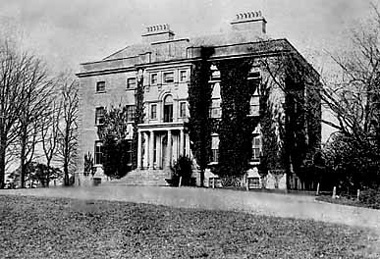Estate house with connection to the 1798 Irish Rebellion bought by Mayo County Council
Moorehall is a large stately home over looking Lough Carra (Irish: Loch Ceara) and was built in the 1790's. The estate has a strong connection with 1798 rebellion. The Irish Rebellion of 1798 (Irish: Éirí Amach 1798), also known as the United Irishmen Rebellion (Irish: Éirí Amach na nÉireannach Aontaithe), was an uprising against British rule in Ireland which lasted from May to September 1798. Moorehall has now been bought by Mayo County Council with the objective of restoration as a multi-interest site with specific areas designated to particular members of the family and events of National and International interest.
After some early gains during the 1798 Rebellion the main uprising experienced a number of setbacks. On 22 August, about 1,000 French soldiers under General Humbert landed in the north-west of the country, at Kilcummin, County Mayo (Irish: Cill Chuimín, Contae Mhaigh Eo). They were joined by up to 5,000 local rebels and had some initial success, inflicting a humiliating defeat on the British in Castlebar (Caisleán an Bharraigh). This led to the establishment of a short-lived "Irish Republic" with Irish statesman and rebel leader John Moore (1763 – 6 December 1799) of Moorehall named as president of one of its provinces, Connacht. He was the first president of any kind in Ireland.
The Irish fighters and French were soon defeated, and John Moore held his presidential title for just a week. President Moore was captured by the British and was eventually sentenced to transportation. However, he died in Waterford en route to New Geneva.






